Can the Rapidly Mutating Loci in the Yfiler Plus® Amplification Kit Differentiate the Members of a Large Family?

There are some forensic cases where Y STRs are the only useful evidence. For example, if a female victim scratches her male attacker as she struggles with him, she may pick up some male DNA under her fingernails, but it would be expected that there will be a large amount of her own female DNA […]
This Week in Forensic Science

No one has hours to scour the papers to keep up with the latest news, so we’ve curated the top news stories in the field of Forensic Science for this week. Here’s what you need to know to get out the door! Postmortem Intervals for Skeletal Remains: DOJ-Funded Research Seeks Quantitative Method for Precise […]
Evaluating the Statistical Power of DNA-Based Identification Exemplified by the ‘Missing Grandchildren of Argentina’
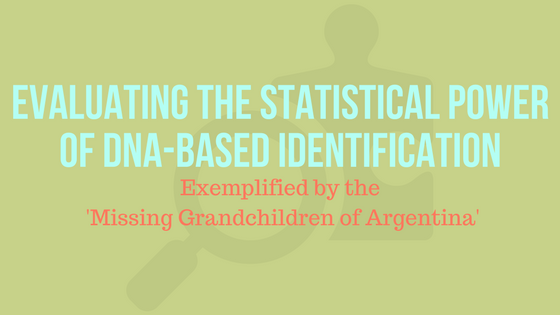
The missing grandchildren of Argentina are a well-known collection of missing person cases. From 1976 to 1983, Argentina suffered a military civic dictatorship. It is estimated that 30,000 people were kidnapped, sent to clandestine centers, tortured and murdered. Most of them are still missing. Many women were pregnant at the time of abduction. Rapes were […]
Accuracy and Reliability of Ancestry Predictions from the Precision ID Ancestry Panel
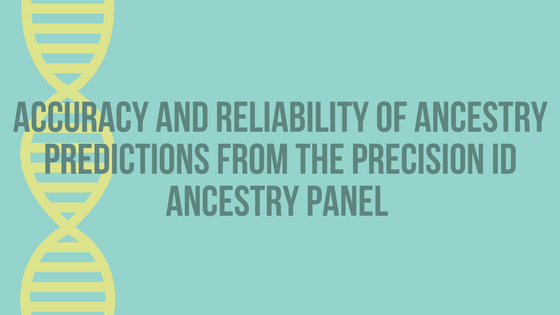
As single nucleotide polymorphism (SNP) analysis by massively parallel sequencing (MPS) becomes increasingly prominent, research on commercially-available panels is essential prior to implementation. SNPs can be used as supplementary information to existing STR profiles, thus giving investigators more information to work with. Written by: Ashley Cooley, ORISE/FBI Visiting Scientist For this study, […]
This Week in Forensic Science

No one has hours to scour the papers to keep up with the latest news, so we’ve curated the top news stories in the field of Forensic Science for this week. Here’s what you need to know to get out the door! 5 Exonerated in China Based on Mitochondrial DNA Hair Analysis (Forensic Magazine – […]
DNA Phenotyping: Intelligence and the Judicial Process
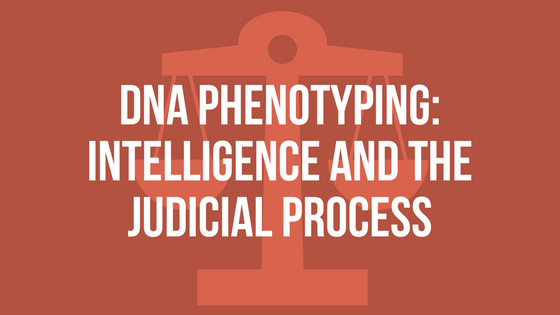
Forensic laboratories, for many decades, have adopted a strong focus on the contribution to court outcomes. However, a significant contribution of forensic science is in the area of intelligence. Written by: Nathan Scudder, University of Canberra Predictive phenotyping, or the ability to make predictions about an individual’s traits from their DNA, is […]
NIST Experts Urge Caution in Use of Courtroom Evidence Presentation Method
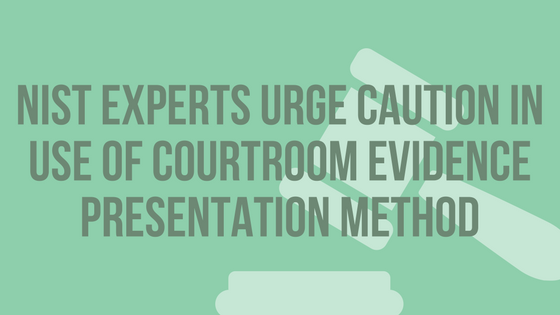
Two experts at the National Institute of Standards and Technology (NIST) are calling into question a method of presenting evidence in courtrooms, arguing that it risks allowing personal preference to creep into expert testimony and potentially distorts evidence for a jury. Article originally published on www.nist.gov. Reprinted with permission. The method involves […]
The Future of the CYP2D6 Molecular Autopsy using Tramadol-Exposed Individuals
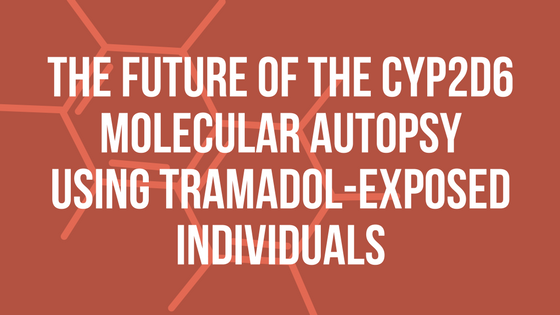
Molecular autopsy describes the use of genetic data to aid in determining cause and/or manner of death in situations where traditional medico-legal autopsy is undetermined. Seminal papers in this field have used genetic variation in the cytochrome p450 family 2, subfamily D, polypeptide 6 (CYP2D6) locus to classify four main metabolizer phenotypes: poor, intermediate, extensive, […]

